First of all I am sorry if I am not describing the problem correctly but the example should make my issue clear.
I have this dataframe and I need to plot it sorted by date, but I have lots of date (around 60), therefore pandas automatically chooses which date to plot(label) in x-axis and the dates are random. Due to visibility issue I too want to only plot selected dates in x-axis but I want it to have some pattern like january every year.
This is my code:
df = pd.read_csv('dbo.Access_Stat_all.csv',error_bad_lines=False, usecols=['Range_Start','Format','Resource_ID','Number'])
df1 = df[df['Resource_ID'] == 32543]
df1 = df1[['Format','Range_Start','Number']]
df1["Range_Start"] = df1["Range_Start"].str[:7]
df1 = df1.groupby(['Format','Range_Start'], as_index=True).last()
pd.options.display.float_format = '{:,.0f}'.format
df1 = df1.unstack()
df1.columns = df1.columns.droplevel()
if df1.index.contains('entry'):
df2 = df1[1:4].sum(axis=0)
else:
df2 = df1[0:3].sum(axis=0)
df2.name = 'sum'
df2 = df1.append(df2)
print(df2)
df2.to_csv('test.csv', sep="\t", float_format='%.f')
if df2.index.contains('entry'):
df2.T[['entry','sum']].plot(rot = 30)
else:
df2.T[['sum']].plot(kind = 'bar')
ax1 = plt.axes()
ax1.legend(["Seitenzugriffe", "Dateiabrufe"])
plt.xlabel("")
plt.savefig('image.png')
As you can see the plot has 2010-08, 2013-09, 2014-07 as the x-axis value. How can I make it something like 2010-01, 2013-01, 2014-01 e.t.c
Thank you very much, I know this is not the optimal description but since english is not my first language this is the best I could come up with.
